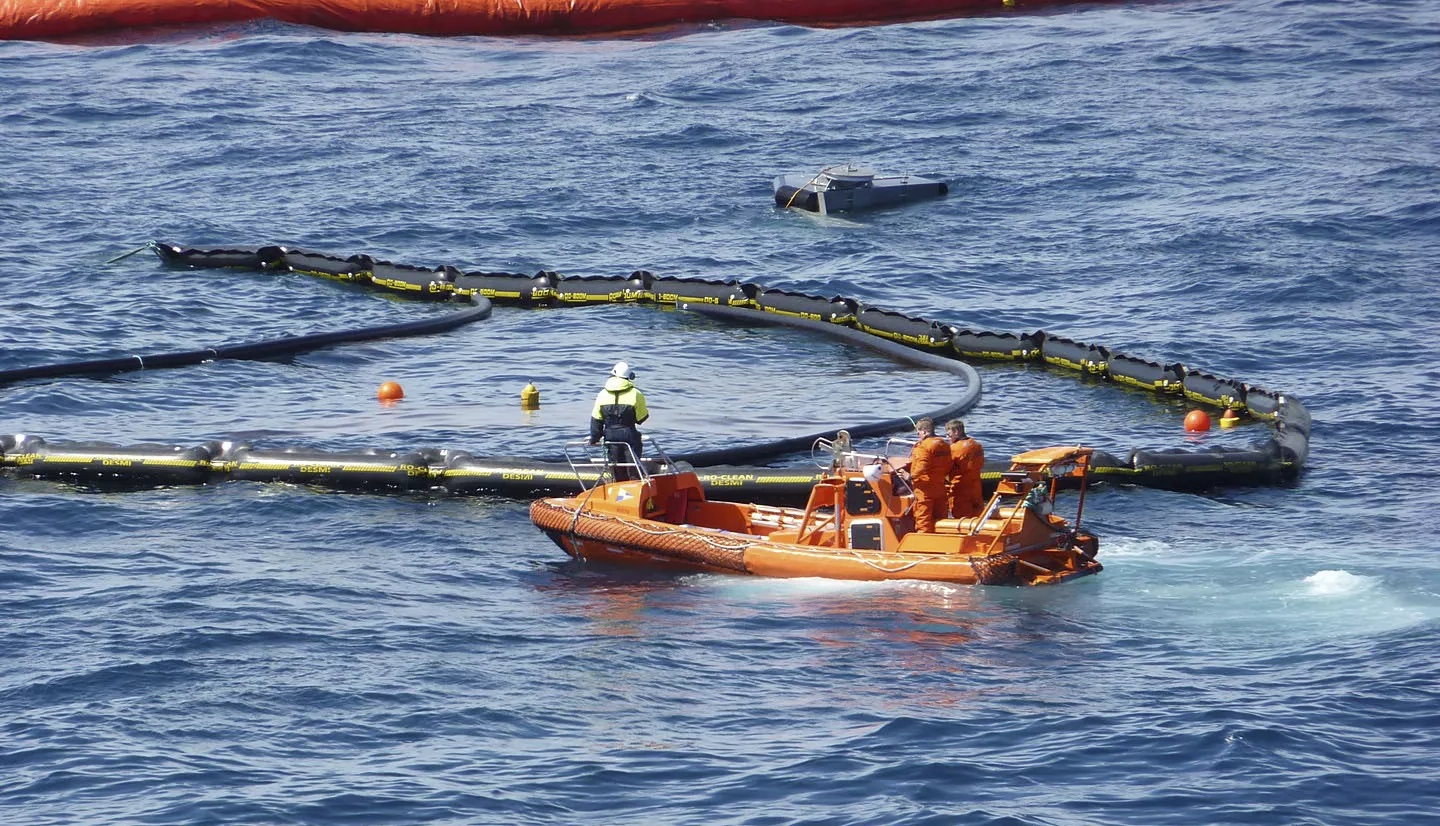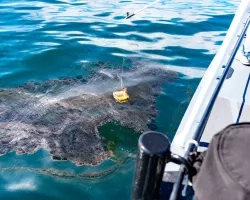An oil spill is the release of a liquid petroleum hydrocarbon into the environment, especially marine areas, due to human activity. The term is usually applied to marine oil spills, where oil is released into the ocean or coastal waters, but spills may also occur on land.
A form of pollution, oil spills may be caused by releases of crude oil from tankers, offshore platforms, drilling rigs or wells. Spilled substances may be refined petroleum products, such as gasoline and diesel fuel, as well as their by-products — heavier fuels used by large ships such as bunker fuel or oily refuse of any kind.
When an oil spill happens, NASA Earth observations can contribute satellite and airborne data to recovery efforts in its wake. For example, after the Deepwater Horizon oil spill in 2010, the Multi-angle Imaging SpectroRadiometer (MISR) instrument on NASA’s Terra spacecraft was used to identify the encroachment of oil from the former rig into Louisiana's wildlife habitats. Researchers measured changes in vegetation along the coastline to assess where and how oil affected marshes, swamps, bayous, and beaches that are difficult to survey on the ground. The combination of satellite and airborne imagery helped NOAA forecast the trajectory of the oil and document changes in the ecosystem.



